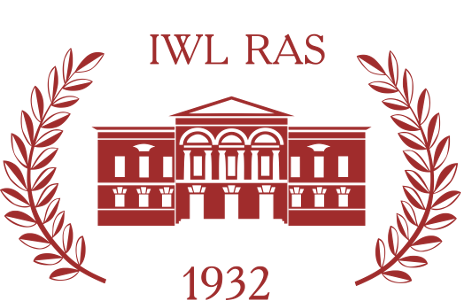Information about the author:
Philippe Ch. Met
Philippe Charles Met, PhD, Professor of French and Cinema Studies, University of Pennsylvania, Philadelphia, PA 19104, USA.
E-mail:
Abstract:
The present study examines the intersection of art and science, as well as gender ambiguity, crystallizing in the figure of the artificial creature, from two classic French examples variously adapted to the screen: “The Bloody Doll / The Assassination Machine” (1923/1924) by Gaston Leroux, a novel that became a television mini-series in 1976 thanks to Marcel Cravenne; and “The Hands of Orlac” (1920) by Maurice Renard, brought to the cinema in particular by Robert Wiene (“Orlacs Hände”, 1924) and Karl Freund (“Mad Love”, 1935). Verbal art reacts to scientific and technological progress, which has become the dogma of Enlightenment Europe, by highlighting the tragedy of scientific and technological creativity in culture. Literature and cinema show how the spirit creates monsters (killers, puppets, automatons), shifting the boundaries between the artificial and the natural, the imaginary and the rational. Science fiction transforms gender difference by fetishizing the gender ambiguity of the doll and recalling religious cultural stereotypes.


